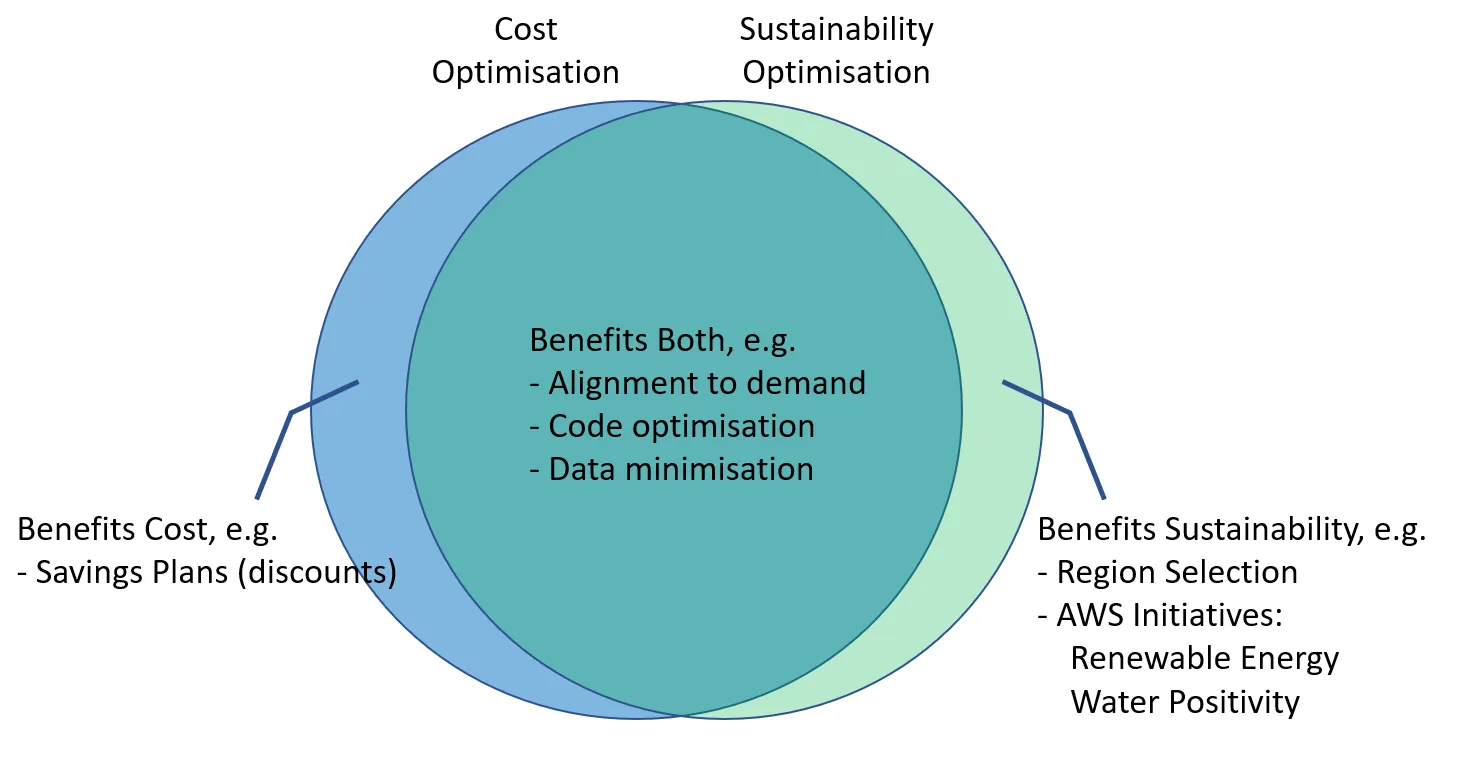Sustainability Gamification
Sustainability Gamification is a technique help organisations to realise their sustainability culture ambitions. It provides a type of interactive experience that aims to both educate people about sustainability issues, and motivate and guide them to act

- Data and tooling to provide sustainability metrics: this needs to be both rapid and visible, and enable participants to understand past, current and the forecasted future state of the whole and parts of their sustainability posture.
- Goals, challenges, rewards and a sense of fairness: gaming should be a positive and inclusive experience for all regardless of capability. Challenges align gamification efforts with the broader sustainability agenda and these may vary widely to incorporate a range of roles and skills. They may also incorporate real-world interactions and potentially progression levels. Participants should have choice to suit their personal situation.
- Social engagement: drive collaboration and comradery with an interactive, personalised and user-friendly interface with leader boards that foster a sense of competition as well as a platform that allows participants to share their achievements and progress in their own narrative.
- Learning: play has always been a powerful tool for learning and most employers appreciate continuous enablement which could also apply to employee’s daily life. Gamification enables learning content to be personalised and adapted, encouraging cooperation, exchanging of ideas, and working together to solve problems.
- Freedom to fail: participants have the ability to experiment and fail without the fear of irreversible damage. For example, a challenge reward for an infrastructure improvement could be for a PoC outcome in an experiment account and not directly related to a production level change.
- By choosing a lower carbon region according to the electricity maps reference above if this is possible (there may be data sovereignty restrictions)
- By optimising your cloud infrastructure use via GreenOps practices outlined further down.
- Compute – e.g. vCPU hours
- Storage – e.g. GB provisioned
- Network – e.g. packets transferred

- Backstage – a popular platform for building internal developer portals which has been accepted to CNCF (https://www.cncf.io/projects/backstage/). It provides a flexible way of presenting and engaging with users. Concepts of teams, metrics tracking, leader boards, projects and related documentation are core capabilities
- Harmonix - is an open source reference implementation that ties together AWS services and Backstage into an enterprise-ready offering (https://harmonixonaws.io/). It provides an effective means of deploying Backstage in a secure, reliable and scalable way whilst removing the complexity.
Any opinions in this post are those of the individual author and may not reflect the opinions of AWS.

